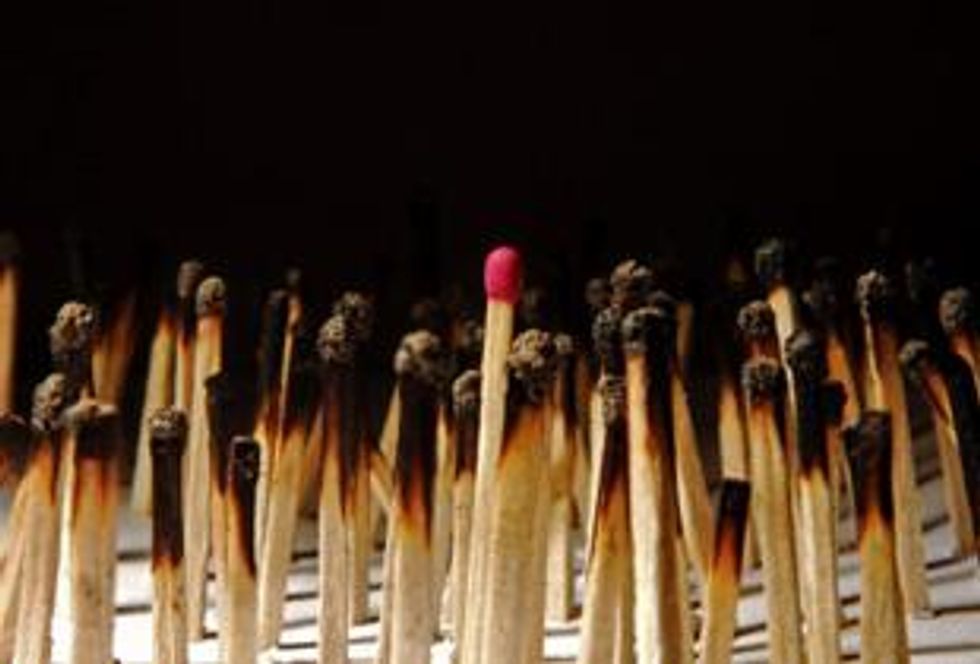- AustraliaNorth AmericaWorld
Investing News NetworkYour trusted source for investing success
- Lithium Outlook
- Oil and Gas Outlook
- Gold Outlook Report
- Uranium Outlook
- Rare Earths Outlook
- All Outlook Reports
- Top Generative AI Stocks
- Top EV Stocks
- Biggest AI Companies
- Biggest Blockchain Stocks
- Biggest Cryptocurrency-mining Stocks
- Biggest Cybersecurity Companies
- Biggest Robotics Companies
- Biggest Social Media Companies
- Biggest Technology ETFs
- Artificial Intellgience ETFs
- Robotics ETFs
- Canadian Cryptocurrency ETFs
- Artificial Intelligence Outlook
- EV Outlook
- Cleantech Outlook
- Crypto Outlook
- Tech Outlook
- All Market Outlook Reports
- Cannabis Weekly Round-Up
- Top Alzheimer's Treatment Stocks
- Top Biotech Stocks
- Top Plant-based Food Stocks
- Biggest Cannabis Stocks
- Biggest Pharma Stocks
- Longevity Stocks to Watch
- Psychedelics Stocks to Watch
- Top Cobalt Stocks
- Small Biotech ETFs to Watch
- Top Life Science ETFs
- Biggest Pharmaceutical ETFs
- Life Science Outlook
- Biotech Outlook
- Cannabis Outlook
- Pharma Outlook
- Psychedelics Outlook
- All Market Outlook Reports
Falling potash demand is pulling on phosphate as companies report falling phosphate fertilizer profits, softer demand forecasts and strong phosphate price volatility.
The potash “holiday” taken by Chinese and Indian farmers is reportedly having an impact on phosphate appetite as buyers look to avoid phosphate-associated price risks.
In its sales volume forecast for the second quarter of 2013, Minnesota-based Mosaic (NYSE:MOS) hints at how events in the potash market are having a spillover effect on phosphate buyers.
Despite low reported producer inventories of phosphate, the company revised its earlier second-quarter volume guidance down to between 2.9 and 3.1 million tonnes (MT) from 3 to 3.4 MT. Mosaic also projected that realized prices for phosphate will be between $535 and $550 per tonne.
CEO Jim Prokopanko noted that the revised figures are the result of “lower than expected shipments to the export market, in spite of very strong demand in North America for the fall application season.”
Australia’s Incitec Pivot (ASX:IPL), a fertilizer and explosives manufacturer and marketer, announced that it too is suffering in the current marketplace. Its total after tax profits fell 24 percent to AU$404.7 million.
While the company’s 60-percent focus on its Dyno Nobel explosives business helped buoy profits somewhat, its remaining fertilizer business line fell by 40 percent, to AU$270.9 million, on volatility in global commodity markets, the company said in its most recent quarterly report.
In response to its concerns over what it sees as an increasingly volatile marketplace, Incitec is rolling out a value at risk methodology — a metric for assessing the likelihood of an asset losing value in the long run — to manage its long-term phosphate and ammonia positions.
The company is also seeking contracts with its customers in order to lock in both prices and volumes after mistimed inventory purchases earlier this year. CEO James Fazzino believes these changes will reduce the “range in which distribution margins can vary and therefore provide a more stable earnings stream through the fertiliser commodity cycle.”
Not all bad news
One current anomaly is Moscow-based phosphate fertilizer company PhosAgro (MCX:PHOR), whose production and sales of phosphate-based fertilizers were up 6 and 7 percent respectively. Phosphate rock production and sales were also up 2 percent compared to the first nine months of 2011.
PhosAgro, a producer of rock phosphate, reported that its gross phosphate profits fell by 5 percent compared to the same period in 2011, with a profit of 27,304 million rubles (US$861 million).
Revenue from diammonium phosphate (DAP) fertilizers increased by 2 percent compared to the first nine months of 2011, but more recent challenges in phosphate fertilizer markets saw third-quarter DAP revenues fall by 4 percent, resting around $560 million.
Supply risks continue
Adding to general market concerns are ongoing political disputes in Tunisia. Conflicts between employees and contractors of state-owned Compagnie des Phosphates de Gafsa have caused phosphate production to grind to a halt.
Tunisian news agency TAP reported that the company was operating at 30-percent capacity when the labor disputes began last month. Production output from the company has fallen significantly, from 6.7 MT in 2011 down to 2.2 MT for the first 10 months of 2012.
Production at facilities in Metlaoui, Oum Larayes and Redayef has halted completely as protesters have blocked the wells from which water is taken to wash the phosphates.
Protesters’ principle concerns are about increased wages and job security in what was the world’s fifth-largest exporter of phosphate before the ousting of former Tunisian president, Zine el Abidine Ben Ali, in the 2011 revolution.
Securities Disclosure: I, James Wellstead, do not hold equity interest in any of the companies mentioned in this article.
Outlook Reports
Featured Agriculture Investing Stocks
Browse Companies
MARKETS
COMMODITIES
| Commodities | |||
|---|---|---|---|
| Gold | 2390.86 | +0.85 | |
| Silver | 28.67 | +0.01 | |
| Copper | 4.52 | +0.05 | |
| Oil | 83.24 | +0.51 | |
| Heating Oil | 2.55 | +0.01 | |
| Natural Gas | 1.76 | 0.00 | |
Investing News Network websites or approved third-party tools use cookies. Please refer to the cookie policy for collected data, privacy and GDPR compliance. By continuing to browse the site, you agree to our use of cookies.
